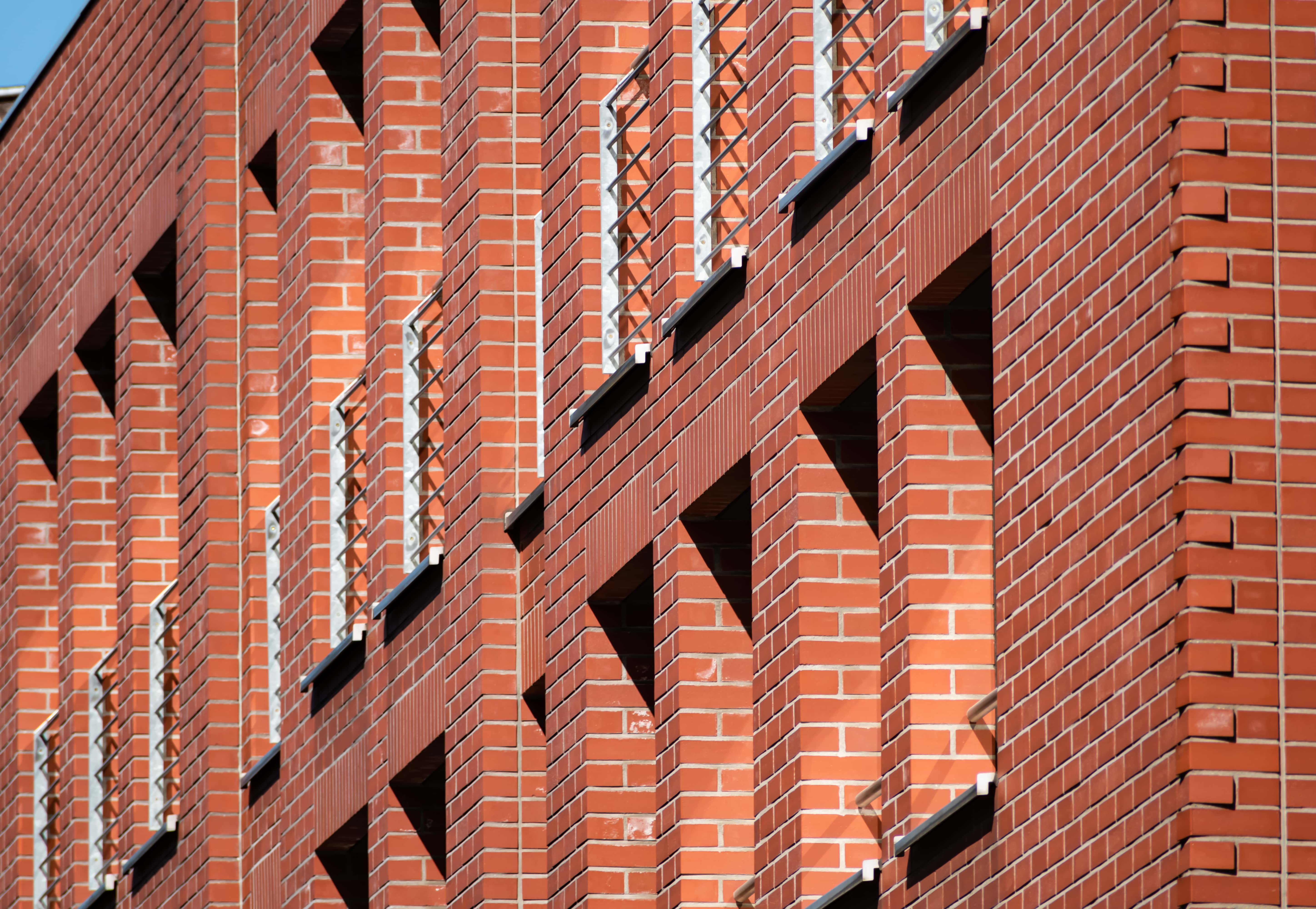Masonry structures have been admired for centuries for their beauty and durability. However, like any other construction material, masonry is not immune to wear and tear. Over time, various issues can arise, affecting the integrity and aesthetics of the structure. In this blog post, we will discuss some of the most common masonry issues and provide guidance on how to address them.
1. Cracking
Cracking is one of the most common issues in masonry structures. It can occur due to various reasons, including settlement, thermal expansion, or moisture infiltration.
How to Fix:
- Hairline Cracks: These can be repaired using a masonry crack filler or sealant.
- Larger Cracks: These might require removing the affected masonry units and replacing them, or installing control joints to accommodate movement.
2. Efflorescence
Efflorescence is a white powdery substance that forms on the surface of masonry when water evaporates and leaves behind salt deposits.
How to Fix:
- Remove the efflorescence with a stiff brush and water.
- Apply a sealer to prevent water infiltration.
- Address the source of moisture to prevent recurrence.
3. Spalling
Spalling occurs when the surface of the masonry begins to flake off or chip away, often due to moisture infiltration and freeze-thaw cycles.
How to Fix:
- Remove the spalled masonry units and replace them.
- Apply a water-repellent sealer to prevent moisture infiltration.
4. Mortar Deterioration
Over time, the mortar between masonry units can deteriorate, becoming crumbly and weak.
How to Fix:
- Remove the deteriorated mortar and repoint the joints with new mortar.
- Ensure the new mortar matches the existing in strength, color, and texture.
5. Bulging Walls
Bulging in masonry walls can occur due to structural issues, moisture infiltration, or foundation settlement.
How to Fix:
- Address the underlying structural or foundation issues.
- It may be necessary to partially or completely rebuild the affected wall.
6. Discoloration
Masonry can become discolored due to pollution, mold, mildew, or other factors.
How to Fix:
- Clean the masonry using appropriate cleaning agents and methods, ensuring not to damage the material.
- Apply a sealer to protect against future discoloration.
7. Structural Movement
Structural movement can lead to cracks, misalignment, and other issues in masonry structures.
How to Fix:
- Address the underlying structural issues.
- Implement control joints or expansion joints to accommodate movement.
While masonry is known for its strength and longevity, it is not without its vulnerabilities. Regular inspections and maintenance are crucial to identifying and addressing issues early on, preserving the integrity and beauty of your masonry structures. When repairs are needed, it’s essential to use the right materials and techniques to ensure a long-lasting solution. If in doubt, consulting with a professional masonry contractor can provide expert guidance and skilled craftsmanship to restore your masonry to its full glory. Remember, proactive care and timely repairs are key to enjoying the enduring beauty and stability of masonry structures for years to come.
















